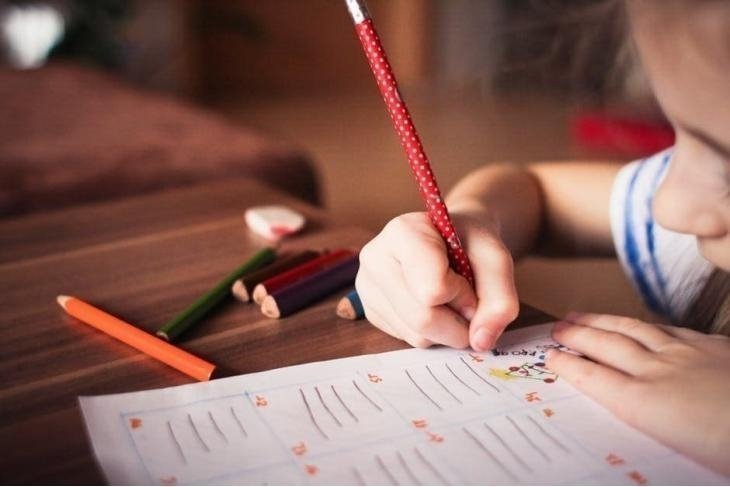How To Write A Poem With Your Kids

Writing a poem with your kids is not only a fun way to spend quality time together but is also a useful and fun exercise that might come in handy later on in their educational career. There is a good chance that your kid falls in love with poetry if you just figure out the right approach. Writing poetry together will help kids learn more about its various shapes and structures, expand their vocabulary and help remember the writing process as an overall great experience.
Take a poetry book and read it together with your kid - in order to write a poem yourself you should see how it’s done by others first! Then consider discussing it with your children. What poems do they like the most? Does the perception of text change if it's read aloud? How does structure affect the feeling the text gives them? Are there particular poems or authors that really caught their attention?
If they remember something by heart, they can read it, and together you can talk about what your kids find interesting about this poem or what parts of it they don’t like or would like to understand better.
Try practising on different types of poems. For example, show your kid how to write an acrostic poem, where certain letters in each line spell out a word or phrase. Try using their own name as an acronym or any other word they like. For instance, see how you can write a poem using the word CANDY:
Crunchy chewy
Awesome
Nice and sweet
Delightful and delicious
Yummy treat
Another fun and easy option to write a poem is to use an I AM poem template. It is the kind of poem where the first line starts with ‘I am’, and others begin with "I" plus a verb that describes feelings, thoughts or actions. It could go something like this:
I am…
I feel…
I know…
I wonder…
And so on.
You can use any verbs you like. Download and customize your own template and let your kids fill the gaps, or give them full freedom and let your kids write a poem as they wish. The feelings and thoughts described in the poem can be either real or imaginary – just let your child express their inner artistic spirit.
One of the worldwide known kinds of poems is Japanese haikus. Their clear and simple structure manages to pack a lot of deep meaning in just a few phrases. Writing a haiku is not as hard as it seems, but these poems do have a pretty strict structure you have to follow in order to create a great piece.
They consist of three lines, each line usually has no more than one sentence. The first line has five syllables in it, the second has seven, and the third line has five syllables just like the first one. For example:
Birds are talented (5 syllables)
Singing a song so sweetly (7 syllables)
Never out of tune. (5 syllables)
Sometimes poems are not just interesting to read – they can also be fun to look at! There are many ways to arrange your text in a certain way to make it look visually pleasing.
A great way to achieve that is to arrange your poem in some sort of shape. Why stick to writing your poem with just those boring horizontal lines? They could go upside down, backwards or in spirals – you name it. Choose the shape your child likes the most and figure out what words you can use to describe that object. Use those words as you plan out the poem. Read it aloud as you write it together. Does the new structure affect the poem? Would you read it differently had it been arranged in a regular, common way? The entire poem can be shaped however your kids like. Some words can be bigger than others, and some can be spaced out. You can also play with punctuation:
For
Example
This is how
A text can look
Like a small triangle.
A slightly easier way to approach poem writing is to draw or print out a shape or a picture of something with blank space inside and create your poem within the outline of the picture. Your kids can draw a picture of anything simple that they like: an apple, the Moon or a pet. Think together about some of the words that come to mind when you see the chosen object, then use those words to write a poem about the object within its shape.
It is also fun to use different colours to write each and every line. If your children aren't that keen on drawing, the Internet can offer a variety of blank print-outs lines inside created and lined specifically for the task. You can download and print them for free or use them as a source of inspiration.